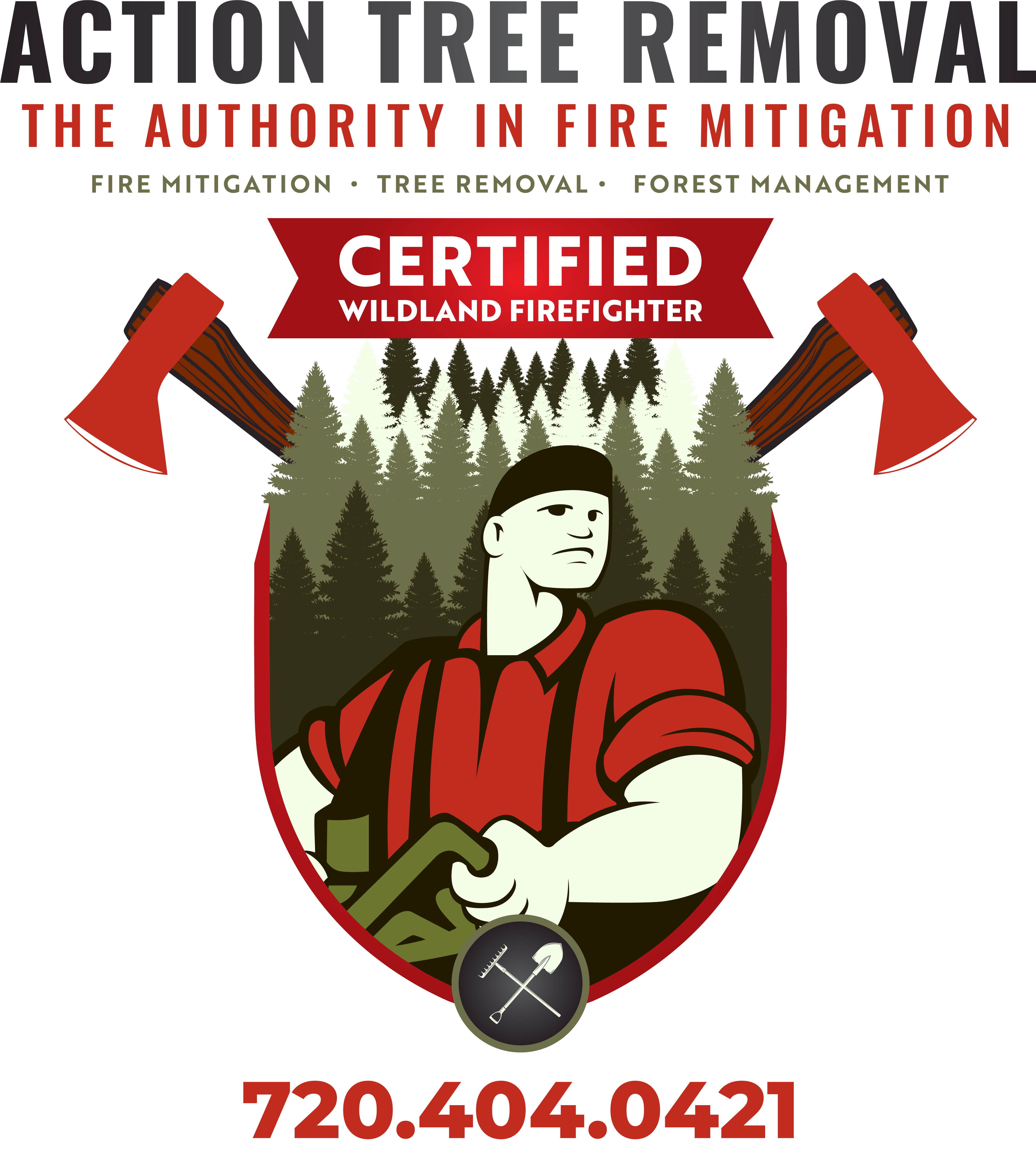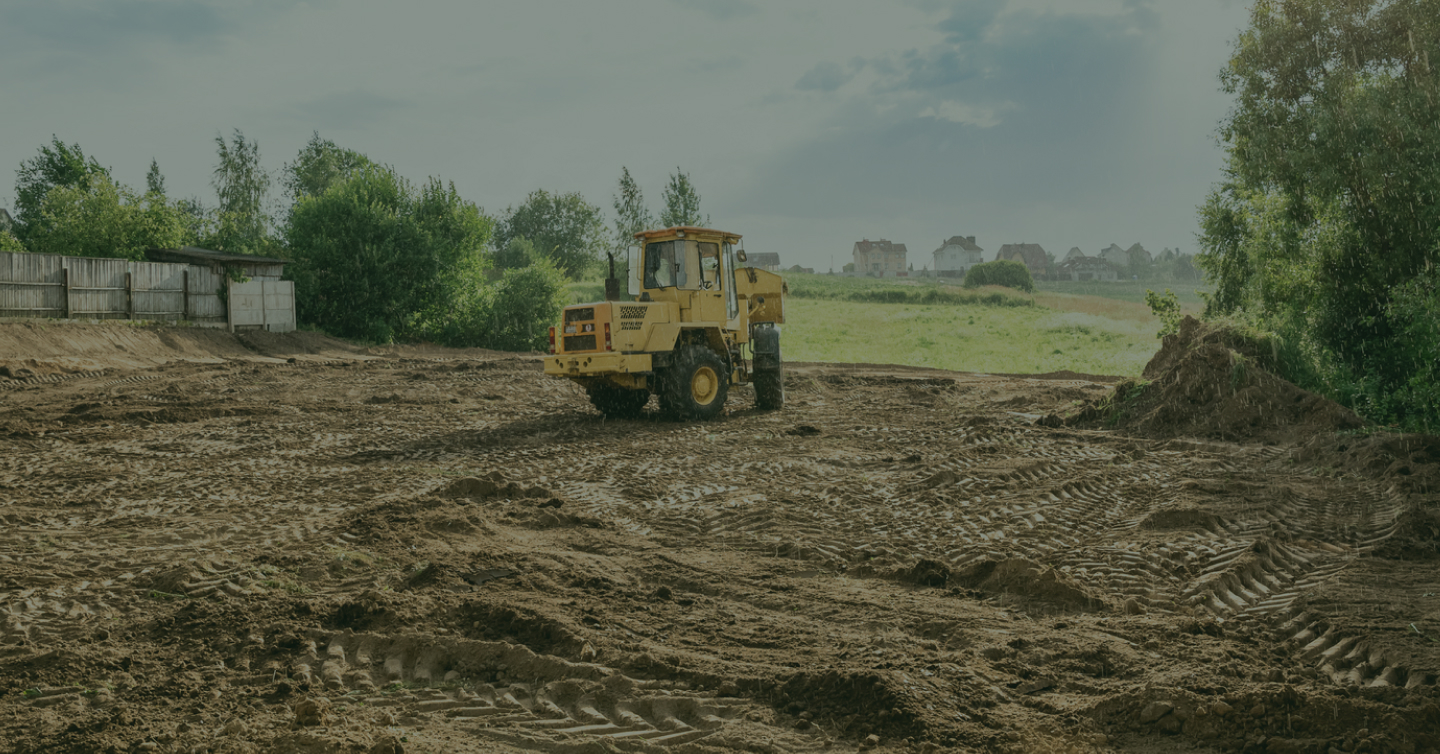The name “mastication” may conjure up ideas of chewing in the context of fire prevention and ecological management; nevertheless, its true significance resides in its role in reducing wildfire risks and conserving natural habitats. In the context of preventing wildfires, the term “mastication” describes the process of utilizing large machines to “chew up” plants in order to remove fuel. When controlled burns are impractical due to the increased risk of wildfires, mastication provides an alternative method for clearing vegetation and reducing fire hazards. This is especially important in the dry landscapes of Colorado.
Understanding Mastication: A Mechanical Approach to Fuel Reduction
Mastication uses heavy machinery to chew up vegetation, reducing the amount of fuel available for wildfires. Heavy machinery tearing through foliage is a dramatic image, but it has serious ecological repercussions. This method, which mimics the natural cycle of death and rebirth, helps reduce the likelihood of wildfires by removing fuel. In places like Colorado, where controlled burns may not be the best option, mastication provides an alternative that puts safety first without upsetting the delicate ecological balance.
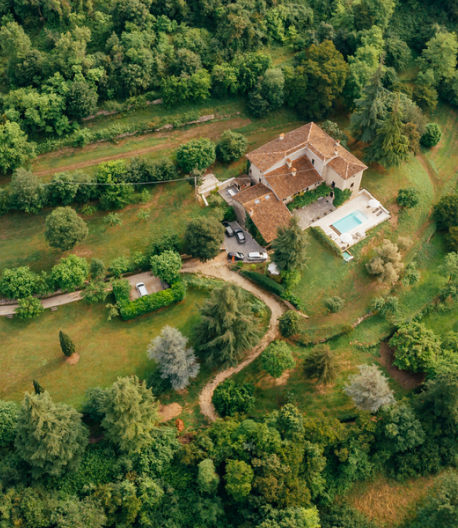
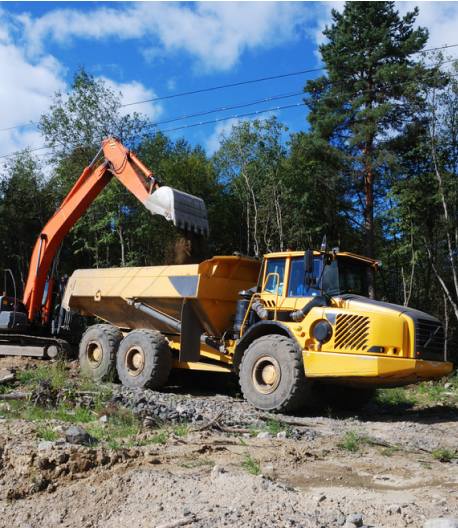
Prescribed Burns vs. Mastication: Navigating the Terrain
There are disadvantages involved with controlled burns that could make them impractical in high-risk areas, such as the dry landscapes of Colorado. For fuel reduction without the potentially disastrous effects of a controlled burn, mastication emerges as a reliable alternative. Mastication, in contrast to controlled burns, uses technology to efficiently remove combustible materials rather than fire. This makes mastication a great option in areas where the use of fire-based technologies may be restricted due to weather or ecological concerns.
The Role of Expertise: Qualified Professionals for Ecological Preservation
It requires more than just heavy machinery and knowledge of the local ecosystem to carry out mastication successfully. Mastication’s major objective is to improve safety while decreasing interference with animals and natural processes. Professionals with the right level of expertise in Colorado fire regulations are crucial for accomplishing this. These professionals understand the intricacies of the local flora and wildlife and can guide you through them so that your vegetation removal efforts do not conflict with conservation targets.
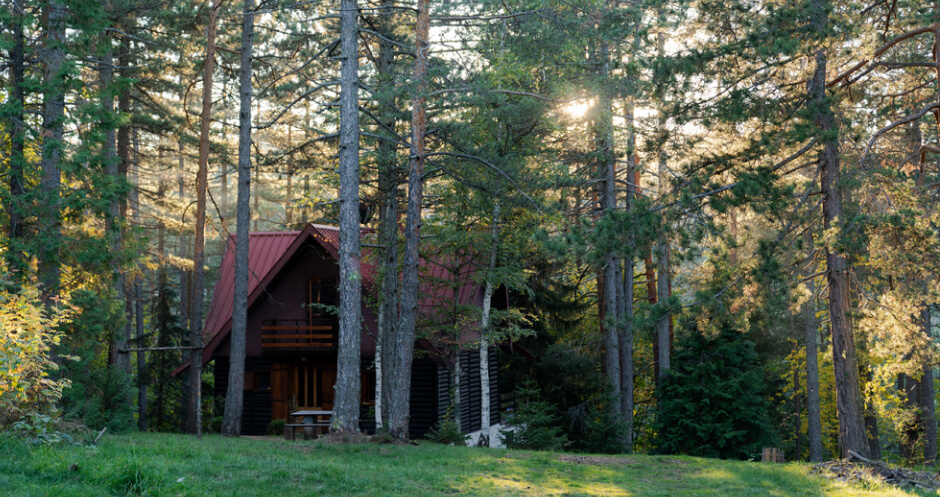
Balancing Conservation and Fire Mitigation: The Ecological Impact
Mastication is not the wholesale destruction of plants, but rather a calculated method of making defensive positions while maintaining ecological harmony. When done correctly, mastication helps preserve habitat diversity by targeting only specific types of vegetation without disrupting the ecosystem as a whole. This moderate strategy protects against wildfires and improves ecosystems over time by promoting the growth of native species while reducing the threat posed by invading ones.
Key Insights from Mastication Studies
Several important discoveries have emerged from research on the use of mastication in fire prevention:
-
- Combining Efforts: When mastication and prescribed burning are used together, they produce positive results in terms of reducing fuel and meeting fire mitigation objectives.
-
- Fuel Load Variability: Mastication treatments increase the fuel load on forest floors, however the exact amount varies by fuel size class and treatment.
-
- Damage Reduction: Mastication equipment efficiently removes unwanted trees while causing minimum harm to the remaining overstory trees.
-
- Impact on Fire Intensity: Mastication treatments have a moderating effect on fire intensity because they lessen the probability of crown or canopy fires.
-
- Soil Impact: Burning within mastication treatment units causes minimal soil heating.
-
- Cost-Efficiency: Mastication has the potential to be more cost-effective than other fuel treatment technologies while maintaining a similar average cost.
-
- Mastication: A Localized Solution with Global Implications
Collaboration with local land management organizations is essential to ensure compliance with environmental standards if mastication is being considered as a fuel reduction method in your community. The careful execution of mastication calls for knowledge of the sensitivities of various plant communities, the proximity of streams, and the dynamics of the ecosystem. By consulting with state foresters and other specialists, you may be sure that your mastication efforts will not only be efficient in lowering fire risks but will also be in line with larger conservation goals.
Ultimately, mastication is a potent weapon in fire prevention, especially in places like Colorado where controlled burns may not be feasible. Safer than other options, because it can clear brush and cut down on flammable materials; carried out by experts, so ecosystems in the area are protected. Mastication is a strategy that prioritizes safety without compromising the essential beauty and diversity of natural environments by a careful balancing of science, technology, and ecological knowledge. Communities can safeguard themselves from wildfires and improve the vitality of their ecosystems in general by adopting mastication practices.
If you live in the mountains of Colorado and are worried about the risk of wildfires, removing the vegetation around your home is an absolute must. Get in touch with Action Tree Removal right now to schedule a thorough property examination and learn more about the options for brush removal that our mastication service can provide. Protect your home from the wildfires that can break out at any time while yet preserving the forest’s beauty and life. To learn more about how we can improve the safety of your property, please call 720-404-0421 or visit https://www.action-tree-removal.com/contact. Join forces with us to defend Colorado’s natural beauty and strengthen your own defenses.
Last modified: January 24, 2024

